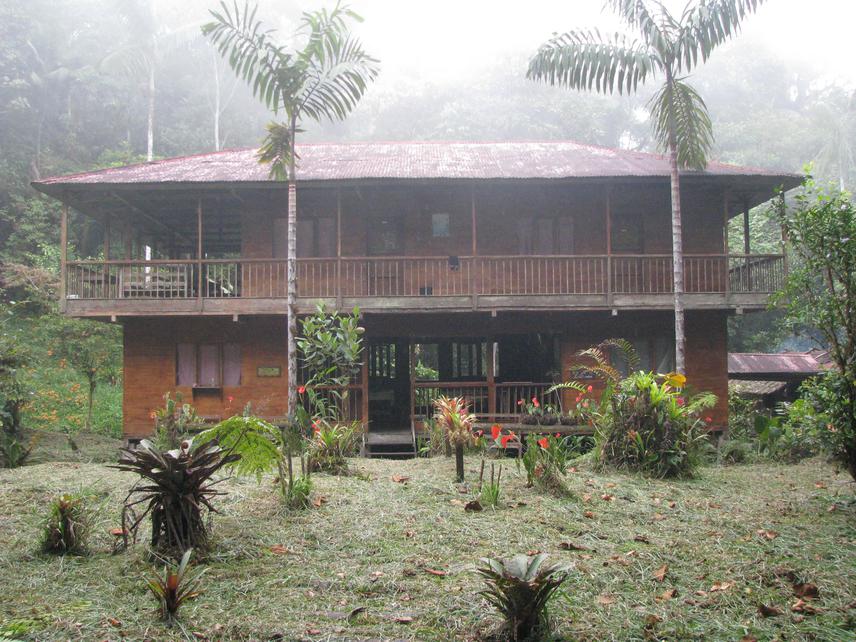Paul David Alfonso Gutiérrez-Cárdenas
Other projects
29 Jun 2015
Rediscovery of the Andean Toad of Coloma (Andinophryne colomai ) in the Pacific Mountain of Colombian: Population Study and Conservation Strategies
To estimate the population size and determine the resource requirements of three threatened amphibian species. In addition, to carry out environmental education processes associated to strategies for amphibian conservation.

The research that we will make is to get ecological data that will allow determine population parameters (population size, sex ratio, survival rate) and the microhabitat use of three threatened amphibian species Andinophryne colomai (CR), Pristimantis verecundus (VU) and Bolitoglossa medemi (VU) occurring in the Reserva Natural Río Ñambí. We will include both ecological and biological knowledge of amphibians in environmental education programs in the RNRÑ and the surrounding area. We advance in the monitoring threatened species listed by the IUCN, linking people living in the area as major protective agents and disseminators of information about these species. Environmental education activities performed planning and design strategies of environmental education focused to the conservation of amphibians in RNRÑ, to encourage participation and commitment of local people to the natural resources of their region that seek training for local people.
Initiate with CORPONARIÑO (the government environmental authority in the Department of Nariño) the design of conservation plans for the threatened amphibian species occurring in the study region and at the regional level. Besides, definition of strategies to protect amphibians living in RNRÑ to ensure representativeness and prevent its disappearance, because amphibians have a very important ecological value and corresponds to a link in the process of energy transfer from the ecosystem where they live. Support the FELCA foundation, which administers the RNRÑ, to revive its environmental interpretation centre Ñankara-Yal. In addition, contribute to training in environmental issues to the 17 Ecoguides working in the RNRÑ.